
In the run-up to the 2024 Lok Sabha election, there was much discussion about the issues that were likely to influence voters. It was widely believed that the inauguration of the Ram Temple would have a big impact on them. There was also the general impression that the BJP’s organisational strength, unlimited funds and meticulous micro-management at the grassroots would prove invincible.
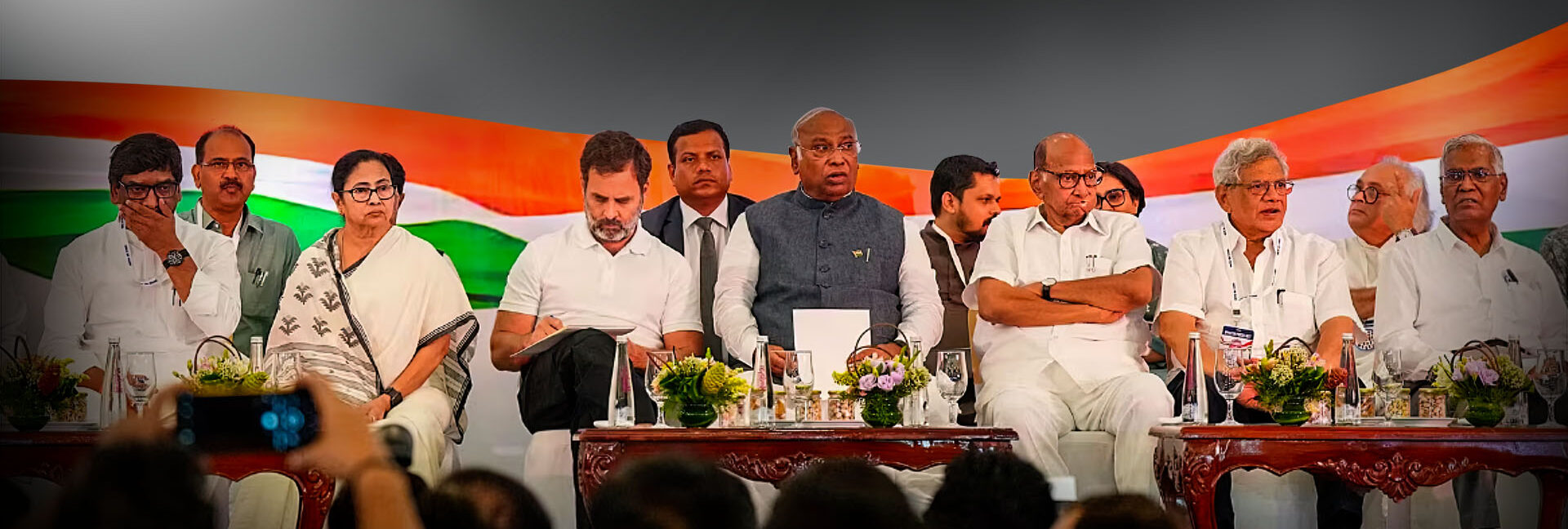
The electoral arrangement of the INDIA alliance, on the other hand, was written off by analysts and experts as one riven with internal contradictions, lack of proper preparations to address as big an electoral battle as the one for the country’s most populous State and, generally, in disarray at an organisational level. These projections were being bandied about even before the election campaign got underway.
Pre-Poll Impressions
It was also widely believed and even more widely publicised that while the BJP had a known (and beloved?) face, as its Prime Ministerial candidate, the INDIA grouping certainly lacked one. Add to this the complete domination that the BJP had over both the print and electronic media, the shameless partisanship of the Election Commission of India (ECI), the fact that large sections of administrators of the government and the so called autonomous institutions across the country were openly at the beck and call of the Central Government and the case for an outright BJP victory in the election seemed to be a foregone conclusion. Even its slogan of ‘400-paar’ – ‘Beyond 400’ – seemed entirely realisable.

Even as this impression was gaining ground – or was being built up systematically – almost every analyst and expert as well as innumerable macro and micro-level surveys stated that people across the country were worried about inflation, unemployment, indebtedness and a fall in living standards. This revelation was, however, followed by the caveat that the BJP would certainly be able to overcome any anti-incumbency or dissatisfaction that existed on account of the above factors relying on the sheer magnitude of its resources, including the power it had in the government at the centre and in many important States, the polarising capacities of the party and the larger Sangh Parivar led by the Rashtriya Swayamsevak Sangh (RSS) and the iconic proportions that the image of its Supreme Leader had assumed in the minds of the people.
While all these elements of the pre-poll analysis were common to the entire country, the final results as they came out varied from State to State. Interestingly, even in the BJP-ruled States of North India – Madhya Pradesh, Bihar and Uttar Pradesh – the electoral results have been very different. It was Uttar Pradesh that threw up the most amazing result in which the BJP actually came a cropper in the State where it hoped to do exceedingly well as it had been doing in the last two Lok Sabha elections.
Hindutva versus Caste Affirmative Politics: An Overview
The three temple towns -Ayodhya, Kashi and Mathura – have been central to the BJP’s electoral campaigns in the State over several elections. The BJP and its associates in the Hindutva oriented Sangh Parivar have claimed throughout these campaigns that the mosques in all three towns are situated on sites where big temples allegedly existed. This campaign also had it that Ayodhya and Mathura were the birthplaces of Lord Ram and Lord Krishna respectively. Since 1948, the Hindu Mahasabha and then the Sangh Parivar have been organising campaigns to “win back” these sites for ‘Hindus’ and have been successful in creating deep communal fissures, inciting riots, developing and distributing vast quantities of propaganda material that has transformed much fiction and fable into accepted facts for large numbers of people.
These campaigns have succeeded in not only creating a political base for the BJP in the State but in propelling it to the status of a national party after the l989 Lok Sabha elections. Since then its strength both in the State and at the national level has grown exponentially. With 80 Lok Sabha seats, UP has provided the numbers that ensured BJP majorities in Parliament in the last two general elections. It is home to the Prime Minister’s own constituency. It has been home to the cruellest attacks on minority communities, especially Muslims, and to the most extreme varieties of the politics of communal polarisation.
In the general election of 2024, however, the BJP not only lost more than 30 Lok Sabha seats in the State and, as a result, lost its majority status, but its vote share also dipped from 49.6% to 41.4%. The party polled about 65 lakh fewer votes in 2024 than in 2019 despite the fact that the total number of votes polled had increased. In Varanasi, the Prime Minister’s votes were reduced and his margin of victory dropped from 4,79,505 votes in 2019 to 1,52,513 in 2024.
It is important to understand how this happened while in Bihar and MP where the same issues of unemployment, paper leaks, poverty etc. were of as much concern to the electorate as in UP. The RJD-led Mahagathbandhan could win 7 seats out of 39 in Bihar and the Congress lost all 29 seats to the BJP in MP.
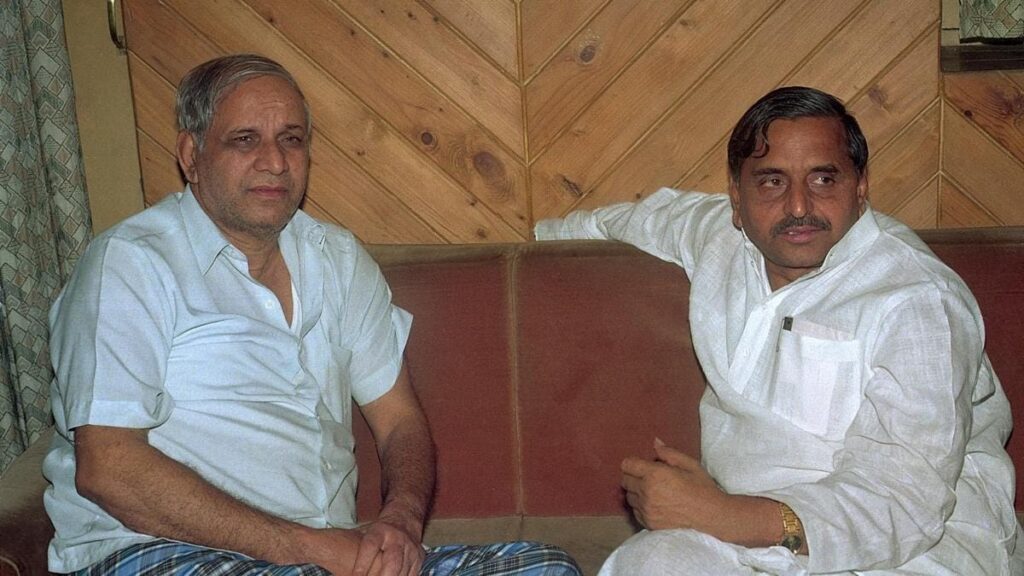
While trying to find answers, a slight digression to a past election can be of some help. After the demolition of the mosque in Ayodhya in 1992, the BJP Government was dismissed and President’s rule was imposed. In the run up to Assembly elections that followed in l993, the SP led by Mulayam Singh and the BSP led by Kanshi Ram formed an electoral alliance that took on the BJP at a time marked by efforts of the Sangh Parivar to whip up intense communal polarisation on the basis of Hindu triumphalism that celebrated the demolition of Babri Masjid. Despite this, a slogan that gained popularity during the campaign was ‘Mil gaye Mulayam-Kanshi Ram, Hawa mein ud gaye Jai Shri Ram’ (Mulayam and Kanshi Ram have come together, Lord Ram has been blown away).
The SP-BSP alliance emerged as a powerful bloc, which gained just one seat short of the BJP tally of 177 seats in an assembly having a total of 422 seats. The alliance was able to form the Government with the support of Left parties, Congress, Janata Dal and Janata Party. What this electoral success proved was that it was possible to combat communal polarisation effectively through caste combinations.
In the run-up to the 2024 elections, the perceptions with regard to BJP’s invincibility were aggravated by several desertions from the SP alliance.Two prominent regional leaders, Om Prakash Rajbhar of the Suheldev Bharatiya Samaj Party (SBSP) and Jayant Chowdhry of the Rashtriya Lok Sabha Dal (RLD) left the SP Lee alliance to join hands with the BJP. The BSP, the SP’s ally in the 2019 Lok Sabha polls, was determined to go it alone. In totality, the INDIA alliance seemed to be getting off to a shaky start.
Impact of the PDA Slogan And Save the Constitution Campaign
Despite this, the SP’s slogan of ‘PDA’ (Pichhda – Backward, Dalit, Alpsankhyak-Minority and Aadhi Aabaadi- Women) found resonance across the State. Akhilesh Yadav’s extremely careful and intelligent choice of candidates ensured that OBC communities other than Yadavs were given tickets in large numbers, Dalit candidates were able to contest in General seats, non-Muslims contested seats with large Muslim populations and so on. Once the campaign got underway, especially after the first two rounds of voting, the joint campaign with Congress leader Rahul Gandhi gained momentum and was able to enthuse many, including youthful, first-time voters.
The opposition leaders kept the focus on the threat to the Constitution that a strengthened BJP would pose. This issue found resonance among the Dalit community and many young OBCs who felt that their access to jobs would be considerably reduced if reservations were taken away. The BJP’s focus on privatisation and monetization of public assets lent credibility to the Opposition campaign. While the threat to Ambedkar’s Constitution was an emotional issue for many Dalit groups it was the most politically conscious among them – the Jatavs – who were the most affected. Traditionally, the community has been the most loyal of BSP supporters but the tactics adopted by Mayawati in this election campaign left them disappointed and frustrated.
At the start of the campaign, Mayawati’s anointed successor, her nephew Anand, made hard-hitting speeches against the BJP but, after the second round of voting, she publicly reprimanded him, removed him from further campaigning and, in a move that very obviously helped the BJP, changed her own candidate in Jaunpur,. These moves on her part created dismay among her supporters who decided to vote for the SP led alliance in order to defeat the BJP and save the Constitution. This was a crucial addition to opposition votes.
Focus on Livelihood Issues
Along with the issue of the threat posed by the BJP to the Constitution, the alliance focused on unemployment, growing indebtedness, farmers’ crisis, atrocities against women etc. Large sections of the communities given importance in ticket distribution and enthused by the PDA slogan were precisely those most affected by all these livelihood issues and they rallied in ever-increasing numbers behind the alliance partners. The Muslim minority voted en masse for the alliance because, in addition to being the worst sufferers of the BJP Government’s policies, it was the target of its vicious communal attacks and propaganda.
While the momentum and also the number of seats won by the alliance increased after the initial rounds, as far as the SP was concerned its success rate in the earlier rounds in Western and Central UP was impressive. In Kairana (Western UP) which had witnessed rioting in 2012 and a concerted campaign of polarisation by the BJP, personally led by Amit Shah, alleging that Hindus were being forced to leave the district in droves because of ‘Muslim’ terror, a young Muslim Gujjar woman, from an important, political family, convincingly defeated the sitting BJP MP, a Gujjar Hindu. While the farmers’ struggle played a big role in the victory, the choice of candidate was also an important ingredient. It is an electoral result that needs careful analysis, not just on the basis of regional factors, but from a national perspective.

UP voted in all seven rounds of this excruciatingly long drawn-out election conducted in the hottest months of the year. Initially, it was thought that this would help the BJP since it would allow the Prime Minister to address a maximum number of rallies, which he did. An unexpected fall out, however, was that the joint Opposition campaign in UP got the time it needed to gain support and momentum. Rahul Gandhi joined Akhilesh Yadav in UP after the voting in Wayanad, in Kerala, the seat where contested from was concluded. At the same time, the Congress took the decision to field him from Rae Bareilly and also fight the Amethi seat. This gave a boost to the united campaign as it entered the later rounds of voting in the Eastern districts of the State where the SP scored substantial electoral successes.
Importance of Ayodhya Verdict
The victory of the SP candidate in Faizabad (Ayodhya) has created much jubilation among those committed to secular values, who see this as a great victory for their cause. It is important to understand that the reasons for this victory are much more complex. The BJP sitting MP, Lallu Singh, is a Rajput who had announced that it was necessary for this party to go ‘400 paar’ because the Constitution needed fundamental changes and this gave much credibility to the Opposition campaign issue that the Constitution was in danger. The SP, in a brilliant political move, nominated Awdhesh Kumar, who belongs to the Pasi Dalit sub-caste, and a 7-time SP MLA from an assembly segment in this Parliamentary constituency, as its candidate, and this created a wave of enthusiasm among Dalit voters. His victory was ensured when they combined in large numbers with equally large numbers of Muslims, Yadavs and other sections of the rural poor.
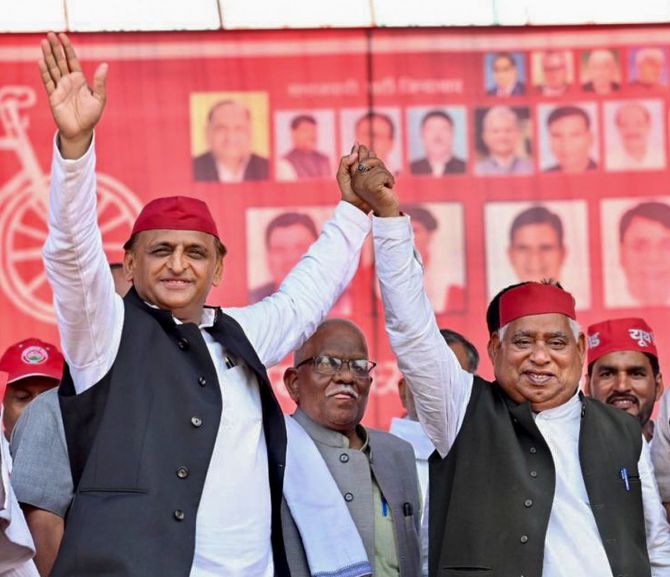
In the Ayodhya assembly segment itself, despite public anger because of demolitions and land-acquisitions connected with the Temple construction which led to thousands of people losing their homes and livelihood, the BJP won. This was probably due to the large Upper Caste population in this constituency along with the fact that the Sangh Parivar has a strong base and organisation here. The euphoria created by the inauguration of the Ram Temple could not overcome peoples’ dissatisfaction as far as livelihood issues are concerned. The urge within communities belonging to marginalised castes to save the Constitution and the enthusiasm that was created by Awdhesh Prasad’s candidature and the caste alliance that it cemented turned out to be important supplementary factors.
A popular slogan during the campaign in Ayodhya was ‘Na Mathura na Kashi, Jitega Awdhesh Pasi’ – (The winner will be neither Mathura nor Kashi, but Awadesh Pasi). It was a reminder of the confidence and strength that a strong social combination creates in the members of marginalised Hindu communities, a confidence that allows them to ridicule communal issues and reject the ‘religious’ propaganda of the Sangh Parivar. Here, it is also interesting to remember that in the 1989 general election when the Sangh Parivar had succeeded in taking its Ram Janmabhoomi campaign to a feverish pitch, the Faizabad seat was won by Mitrasen Yadav of the CPI. The social groups that combined to support him were much the same as those who sent Shri Awdhesh Prasad to victory.
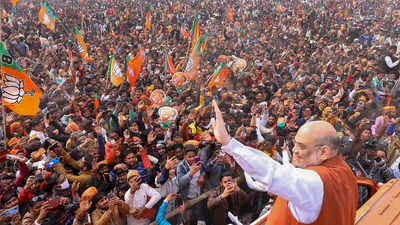
Varanasi – the Prime Minister’s constituency – could not but be affected by the joint campaign that was gaining strength as it moved towards eastern Uttar Pradesh.It is now felt by many that had the opposition campaign here been better organised, Modi himself could have been defeated. The Congress candidate, unfortunately, did not exude the kind of confidence and energy that was required and by the time it became apparent that the Modi wave had actually receded, it was too late to create the kind of aggressive campaign that could have made a difference.
Women’s voters had been specially targeted by the BJP Government. While they voted in very large numbers, members of the All India Democratic Women’s Association ( AIDWA) who campaigned in many districts, going from house to house, distributing leaflets and talking to women, asking them about their views and problems found that poorer women and lower middle class women were very disturbed by high prices and the unemployment of their children. The serial paper leaks in competitive examinations had also made them very angry and pessimistic about the BJP’s governance. Many of them said that instead of a free ration of poor quality the Government should provide work. Of course, upper caste women who belong to the better off sections of society seemed more influenced by communal propaganda. One interesting observation of the AIDWA activists was that in villages where the Dalit and Backward Caste women were voicing their support for the SP, some poor upper caste women also voted for the opposition.
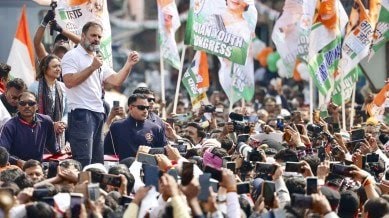
The Congress contested 17 seats as part of the alliance and could win 6, not a very impressive tally. The Congress organisation has become very weak in the State and in many areas it does not exist. At the same time, the presence of Rahul Gandhi in the joint campaign along with the Congress decision to fight both Raebareli and Amethi did much to strengthen the party and enthuse voters.
The Road Ahead for the Opposition
The UP election result has been welcomed enthusiastically by all those opposed to the BJP Government, its ruinous policies and its divisive politics. It is important, however, to remember that the BJP has always shown that it takes every setback and defeat extremely seriously. It goes into the various factors responsible and does extensive and often successful damage control. In 2017, after the BJP swept the UP Assembly election, the SP was able to win impressive victories in the by elections to the Lok Sabha seats of Gorakhpur and Phulpur vacated by Chief Minister Yogi Adityanath and Deputy Chief Minister Keshav Prasad Maurya respectively. Once again, the SP had used intelligent caste arithmetic to achieve these victories then. In the 2019 Lok Sabha election, however, the BJP was able to win back both seats after careful analysis and effective caste combinations.
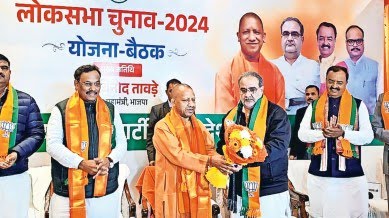
The lessons from successive elections in the State prove that while caste mobilisation is effective in electoral politics, it is not the prerogative of any one party. While the UP election result is an amazing morale booster for all those committed to a secular, democratic India where the space for struggles against all forms of inequality is opened up, there should be no illusion that the BJP and its ideology of Hindutva have been comprehensively defeated. The core support base for the BJP’s Hindutva project which comprises a large segment of the Hindu population remains unchanged. Its failure in all aspects of governance and in addressing the basic needs of the people combined with the arrogance, cruelty and intolerance of its leaders has angered people across the State (and in other parts of the country). Effective campaigning, cementing of a popular alliance and extremely intelligent candidate selection, especially with reference to caste, has resulted in a massive victory for the SP led opposition and also a huge setback for the BJP. However, the support that the BJP’s ideology and Hindutva agenda has among the public creates a basis for its ability to recoup and regain from losses.
So, much more needs to be done to ensure that the gains made in the recent elections by the SP led opposition in UP is retained and developed not only in the country’s most populous State, but in other parts of the country too. The opposition needs to be seen to be fighting with the common people, unemployed youth, despairing rural poor and struggling farmers. It needs to take on the communal agenda of the BJP and its ideological commitment to Hindutva and Manuvad in an uncompromising fashion on the streets. It also needs to be as unrelenting in taking the cause of social justice, equality and secularism forward. It also needs to widen its alliance to include all those political parties, social groups and movements and organisations opposed to the BJP and its policies. It simply cannot afford to sit back on its laurels.
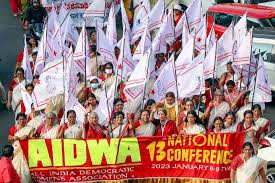
The Left, despite its extremely limited presence in Uttar Pradesh, has to do everything possible to organise struggles and campaigns around the growing poverty and unemployment of common people. The AIDWA too has to increase its work among women and make all efforts to draw them into protests and struggles. It is only then that the ideological battle that only the Left is willing to engage in with the forces of Manuwadi Hindutva can be effectively advanced.


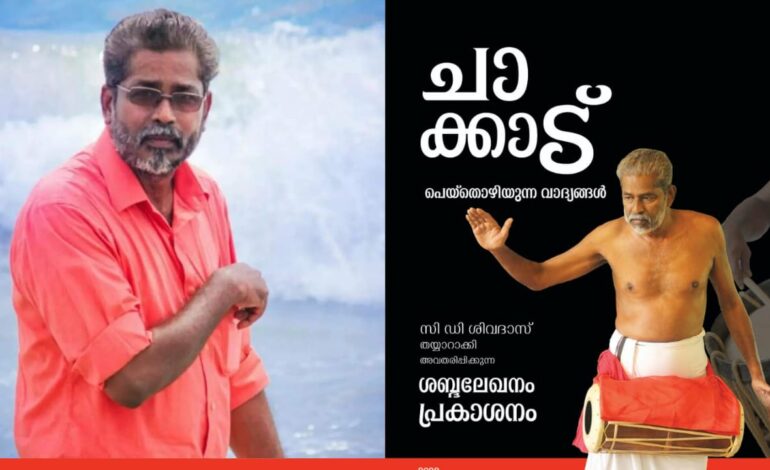



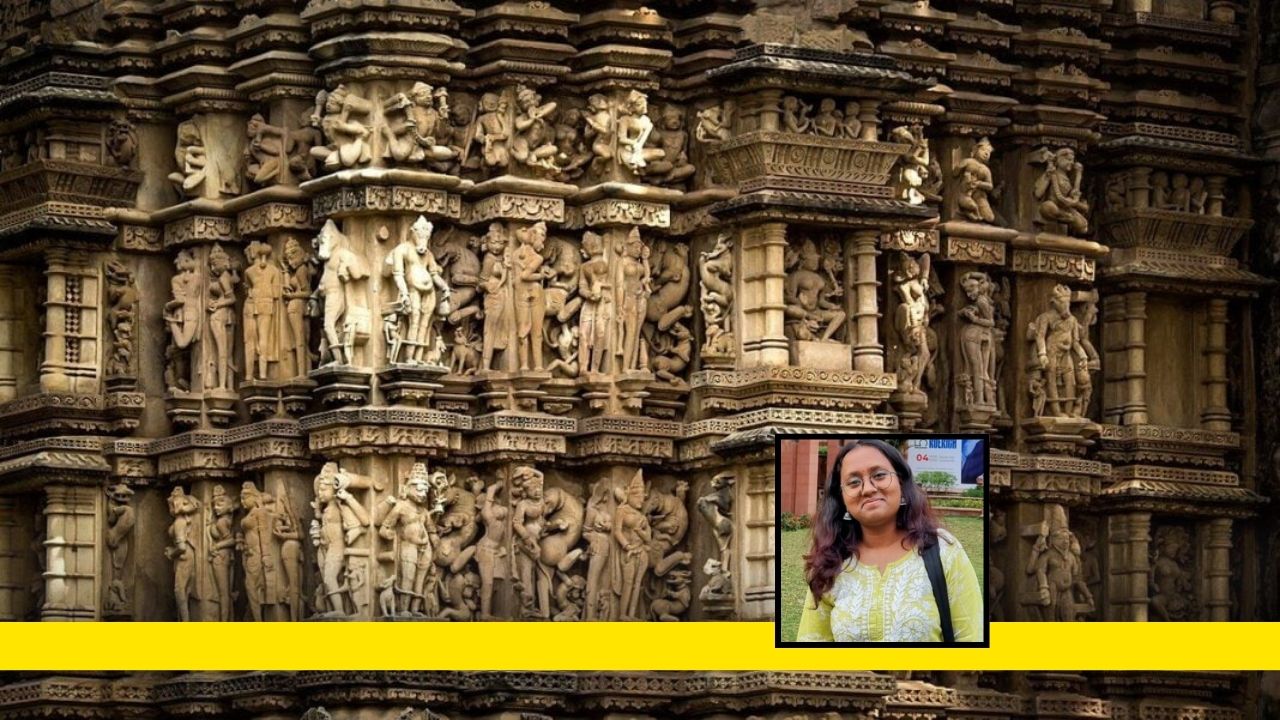
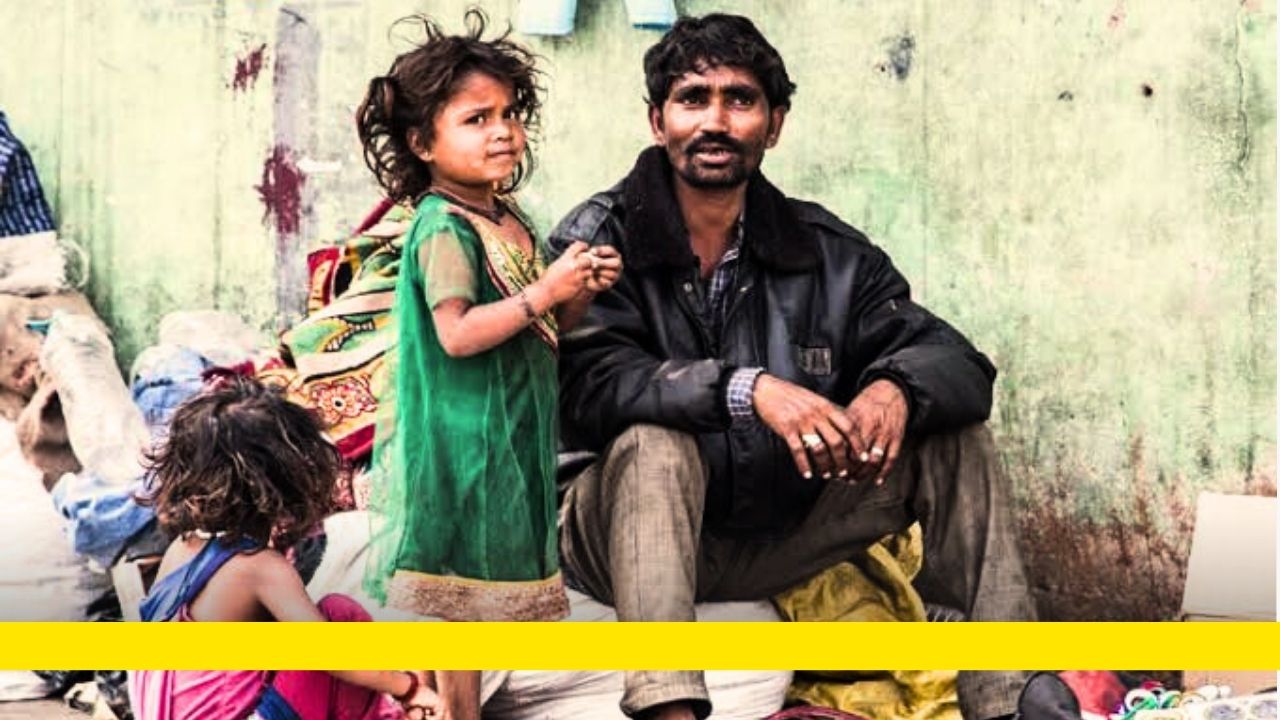
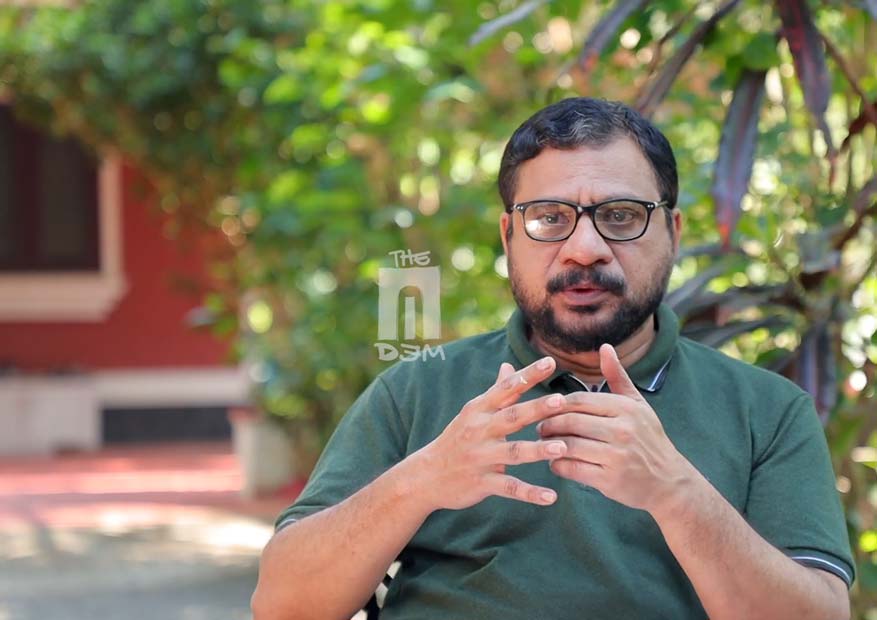
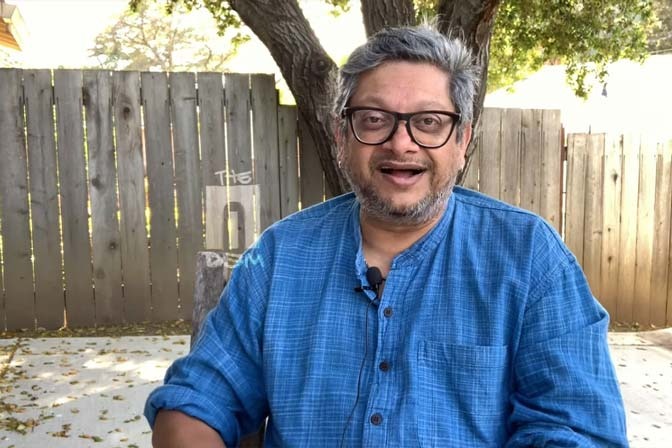
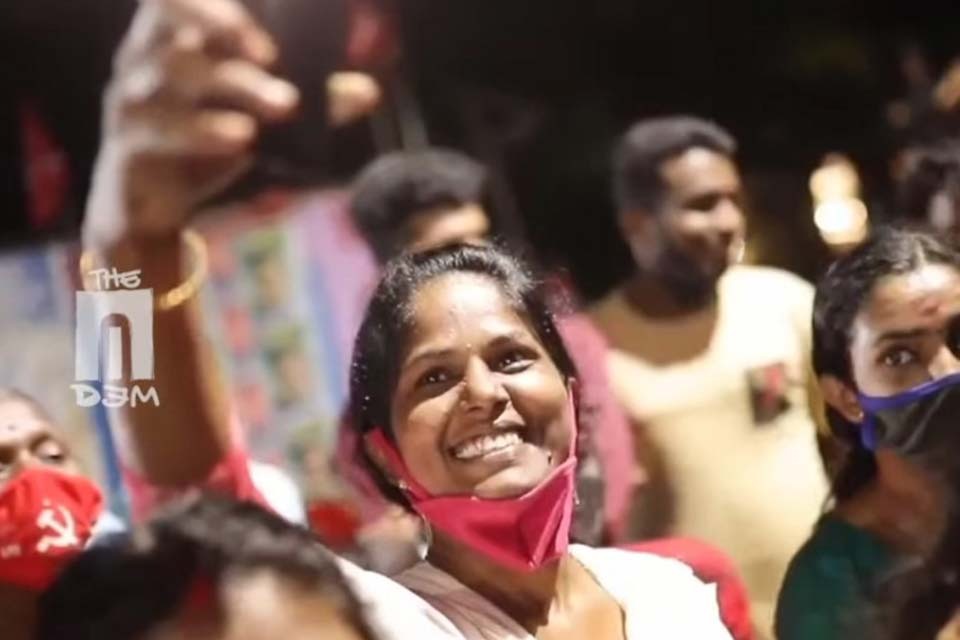

Totally agree